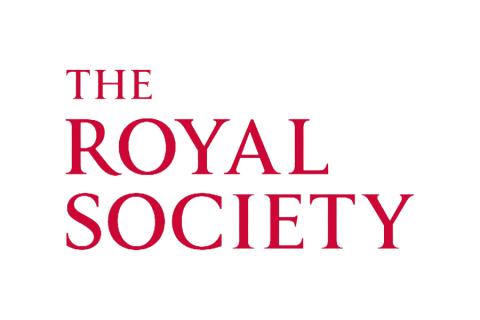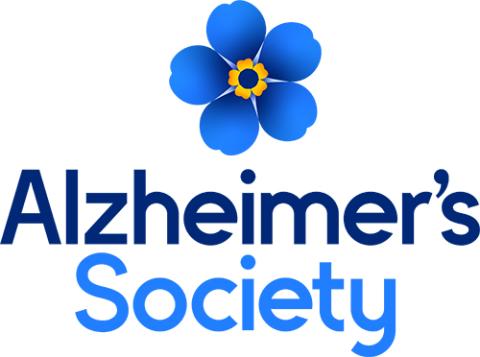Key details
Employing antivirals to clear protein aggregates
During neurodegenerative diseases, specific proteins such as tau accumulate into clumps or 'aggregates', causing the cells of our brain to malfunction and die. Clearing such protein aggregates is difficult, but could offer methods to reduce the burden of disease.
The McEwan Lab is examining cells’ intrinsic ability to fight infectious agents like viruses, and attempting to use these methods to destroy protein aggregates. By redirecting an antiviral protein called TRIM21, they have shown for the first time that existing tau aggregates can be removed from inside cells. The team are investigating such mechanisms for a better understanding of disease and as potential routes to new therapies.
Latest news
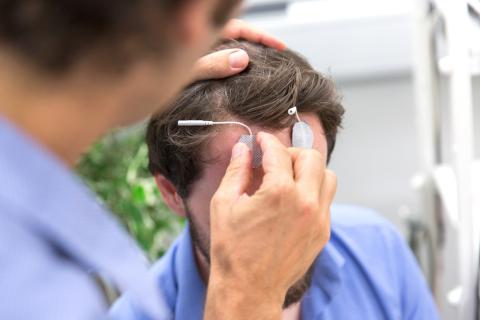
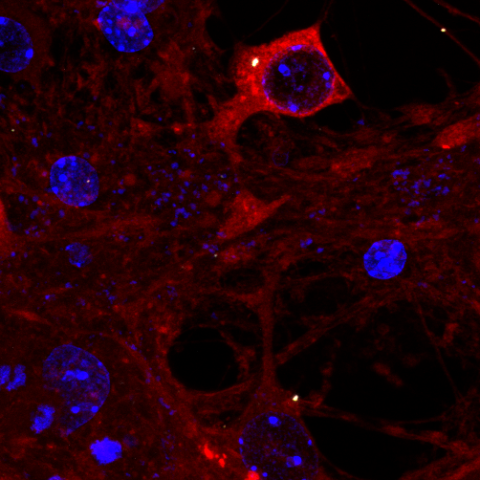
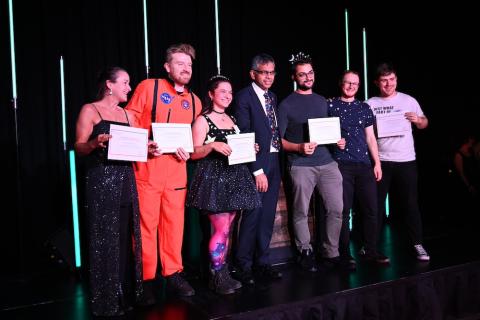
Prof Will McEwan
Prof Will McEwan is a Group Leader at the UK DRI at Cambridge. Find out more about his career and expertise on his profile page.

Research summary
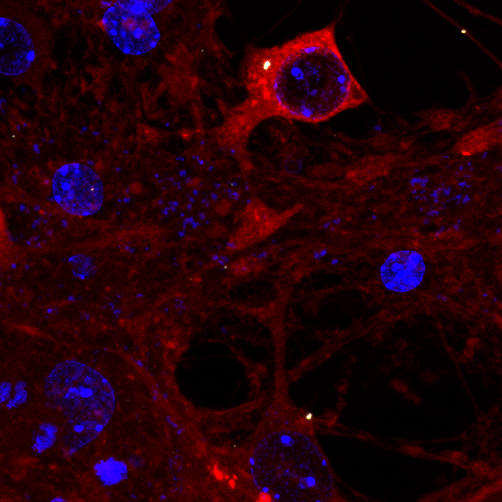
Tau assembly being attacked by TRIM21 inside a neuron. Credit: Annabel Smith
Protein misfolding and its interception by intrinsic immune responses
Cytosolic protein aggregates are almost universally present in neurodegenerative diseases but are considered challenging substrates for conventional degradation pathways. Cytosolic intrinsic immune pathways have evolved to degrade large proteinaceous particles such as viruses and therefore offer an opportunity for repurposing to destroy aggregated proteins. Prof Will McEwan's team discovered that the cytosolic antibody Fc receptor, TRIM21, can be used to degrade antibody-coated tau assemblies, opening new possibilities for immunotherapy against tau. Following this, we are exploring new mechainsms by which large protein aggregates can be marked for degradation. The lab also undertake basic biology research to better understand the mechanisms of tau aggregation and its broader interaction with the innate immune system, particularly the type I interferon response. They develop and use a range of cell-based, ex vivo and in vivo models in which to investigate protein aggregation.
The objectives of the McEwan lab are:
- Developing potent and selective mechanisms of protein aggregate degradation
- Devising new tau immunotherapies that are more effective and safer than previous generations
- Understanding how tau propagates in the human brain
- Testing the role of innate immunity in promoting tau pathology
Vacancies
-
Key details
- Location UK DRI at Cambridge
- Salary: £33,002-£35,608
- Lab: Dr Will McEwan
Applications are invited for a highly motivated Research Assistant to join the McEwan laboratory at the UK Dementia Research Institute, University of Cambridge. Our group studies the molecular mechanisms of protein aggregation and its clearance in neurodegenerative disease.
The successful candidate will play a central role in the new UK DRI Human Tau Assemblies platform. They will be responsible for the production of well characterised tau samples for use in mechanistic studies across the UK DRI. This will include:
- Expression, purification and quality control of recombinant tau from E. coli and mammalian tissue culture sources
- Communication with colleagues across the UK DRI to co-ordinate production and distribution of samples
- Contributing to the management of the lab, for example by ordering reagents, assisting with scheduling of equipment repair, etc.
We welcome applications from candidates with a background in biochemistry, molecular biology or related disciplines. The role will require careful attention to reproducibility, dedicated record keeping and a strong ability to work collaboratively as part of a team. An aptitude for practical laboratory work, and experience in protein handling is desirable. Experience in mammalian cell culture or protein aggregation is also desirable but training will be provided.
About the UK DRI Human Tau Assemblies Platform Tau assemblies play a central role in neurodegenerative processes, occurring in approximately 20 distinct diseases including Alzheimer's disease. Recent advances have demonstrated that specific tau conformers exist in each human disease, implying that tau conformation may be critical to disease manifestation. Working with tau is challenging due to the wide range of different structures it can adopt, which reduces reproducibility between and within labs. The UK DRI Human Tau Assemblies Platform will provide researchers with sources of tau that have undergone standardised processes and which are appropriate the biological question. These include recombinant tau and cell-propagated hyperphosphorylated fibrils amplified from patient samples.
Key publications
Lab members
- Dr Aamir Mukadam (Postdoctoral Researcher)
- Sumi Bez (Postdoctoral Researcher)
- Sophie Keeling (Research Assistant)
- Annabel Smith (Research Assistant)
- Anna Brown (Research Assistant)
- Matthew Reid (Research Assistant)
- Ella Lacey (PhD Student)
Collaborators

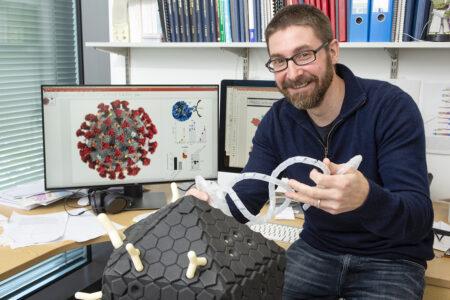



Lab funders
Thank you to all those who support the McEwan Lab!

